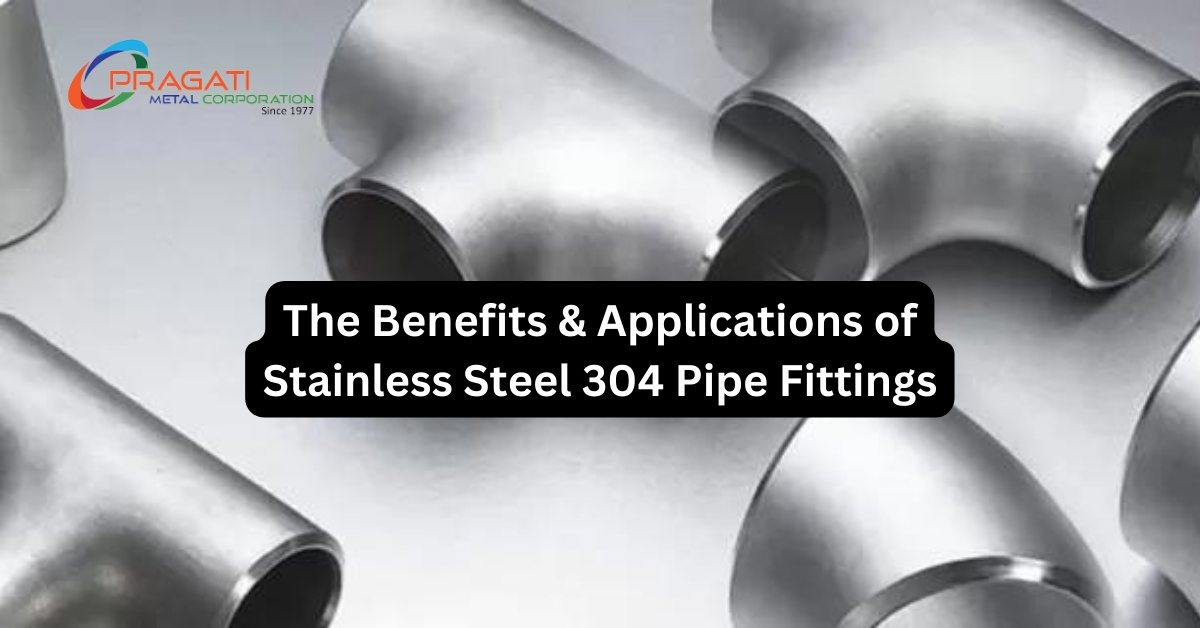The Benefits & Applications of Stainless Steel 304 Pipe Fittings
Stainless Steel 304 Pipe Fittings are components used to connect sections of stainless steel pipes in plumbing or piping systems. They are made from a specific type of stainless steel known as 304, a popular and versatile grade of stainless steel due to its excellent corrosion resistance, durability & ease of fabrication.
Stainless Steel 304 Pipe Fittings can come in various shapes and sizes, such as elbows, tees, reducers, couplings, and flanges. They are typically designed to withstand high pressure and temperature, making them suitable for various chemical, petrochemical, food processing & pharmaceutical applications. Stainless Steel 304 Pipe Fittings offer excellent strength and corrosion resistance, making them a reliable choice for connecting stainless steel pipes in various industrial and commercial settings.
Benefits of Stainless Steel 304 Pipe Fittings
Corrosion Resistance
One of the primary benefits of Stainless Steel 304 Pipe Fittings is their excellent corrosion resistance. Stainless steel is naturally oxidation resistant, making it the perfect material for various harsh environments. Due to its corrosion-resistant properties, it is suitable for use in seawater, acidic solutions, & other harsh chemical environments also it can handle many corrosive elements without rusting, pitting, or deteriorating.
Durability and Strength
Stainless Steel 304 Pipe Fittings are incredibly strong and durable. They can withstand harsh conditions such as extreme temperatures, high pressure & heavy loads. It’s important to note that the durability & strength of these fittings are not only due to their material but also their design. This is why many industries invest in high-quality stainless steel 304 pipe fittings to ensure their systems can operate reliably and safely for extended periods.
Easy to Clean and Maintain
Another benefit of Stainless Steel 304 Pipe Fittings is their easy-to-clean nature. Their smooth and non-porous surface makes them easy to wash & maintain, particularly in hygiene-sensitive applications such as food and beverage processing. Their anti-corrosive properties require minimal maintenance, making them a cost-effective solution.
Environmentally Friendly
Stainless Steel 304 Pipe Fittings are eco-friendly, making them popular in many industries. They are fully recyclable & can be reused in various applications. They do not require coatings, solvents, or chemicals that may harm the surrounding environment, making them an environmentally friendly choice.
Applications of Stainless Steel 304 Pipe Fittings
Due to their wide range of benefits, Stainless Steel 304 Pipe Fittings are ideal for various industrial applications. They are commonly used in food and beverage processing, chemical processing, oil and gas, water treatment, pharmaceuticals & many other industries. Stainless steel 304 is a versatile material that can be adapted to various fittings, including elbows, couplings, reducers, and tees.

